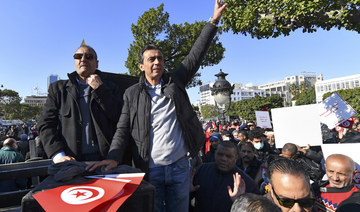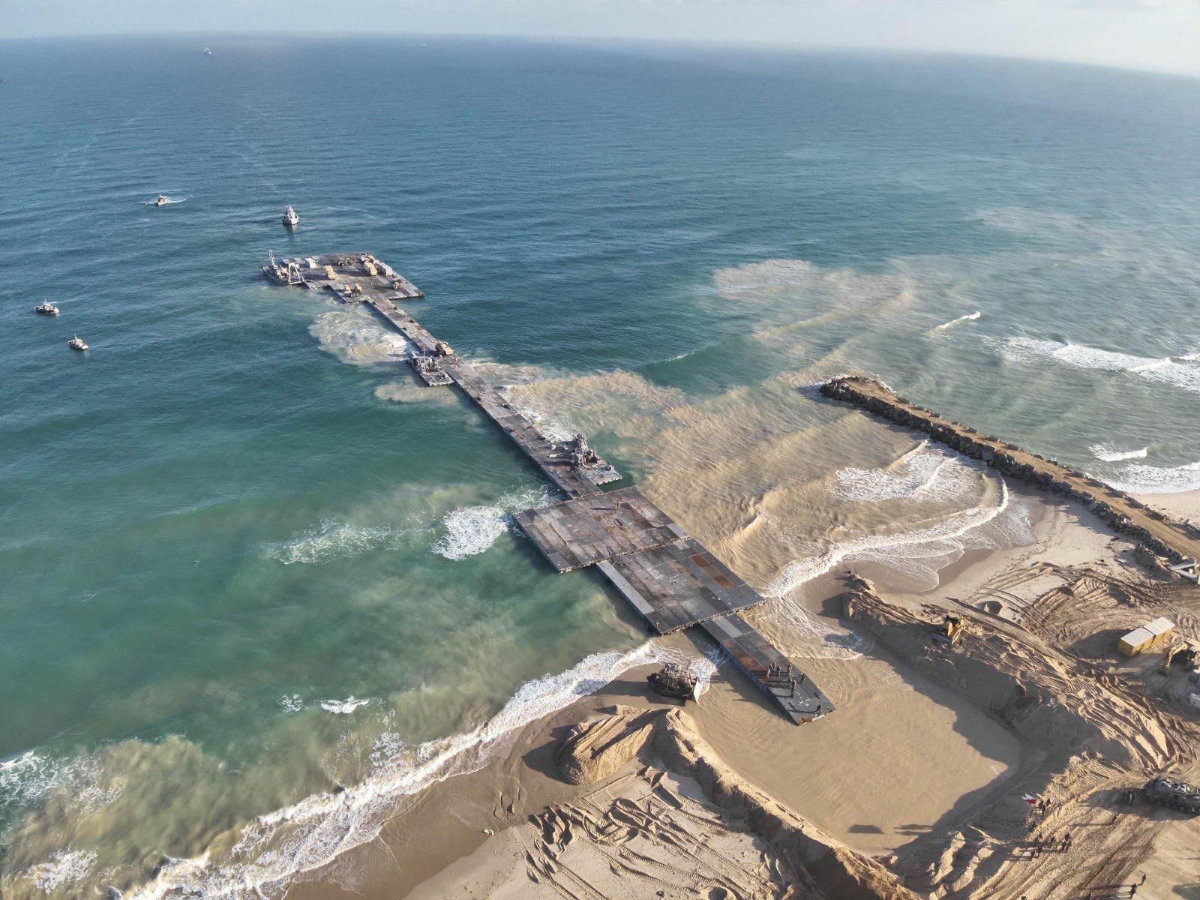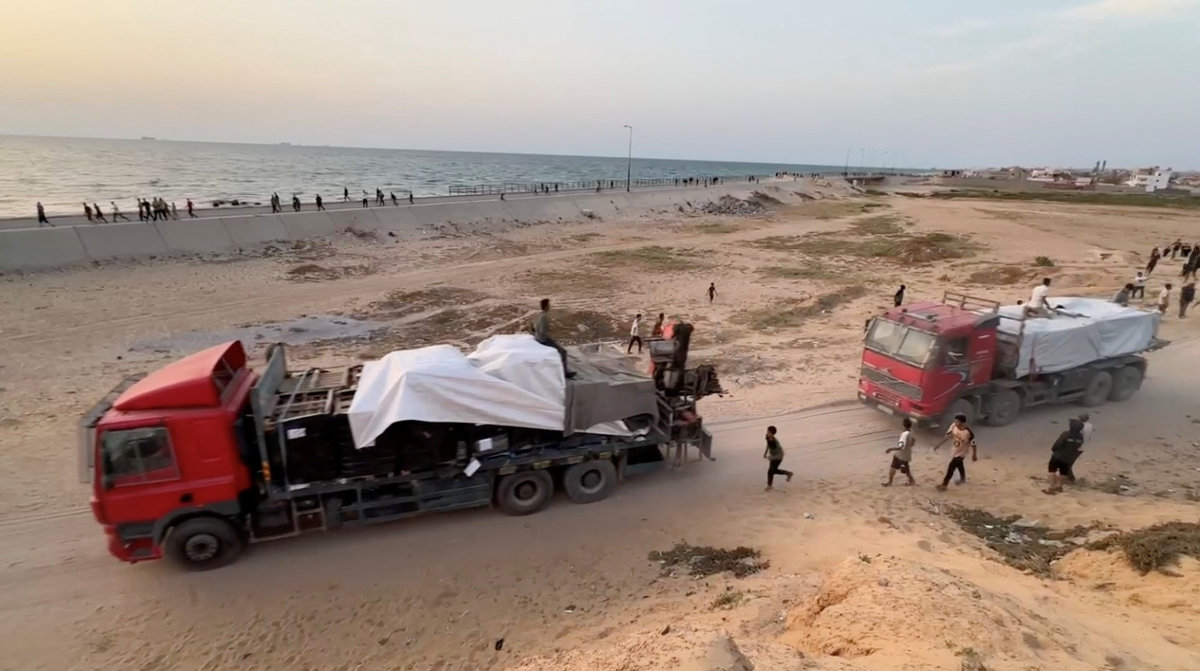The African Union or AU has criticized Tunisia and urged it to avoid “racialized hate speech” after President Kais Saied ordered the expulsion of undocumented migrants and said immigration was a plot aimed at changing his country’s demographic makeup.
Tunisia’s Foreign Ministry said on Saturday it was surprised by the AU statement issued late on Friday, and rejected what it called “baseless accusations” that it said misunderstood the government’s position.
The AU voiced what it said was “deep shock and concern at the form and substance of the statement” issued by Tunisian authorities and reminded Tunisia of its obligation within the 55-member state AU to treat migrants with dignity.
Saied this week ordered security forces to stop all illegal migration and expel all undocumented migrants, prompting a campaign of arrests that caused widespread fear among sub-Saharan Africans as well as Black Tunisians.
Announcing the measures, he said increased undocumented immigration from sub-Saharan Africa was a conspiracy aimed at changing Tunisia’s demographic makeup and stopping it from being an Arab and Muslim country.
His comments were praised by the French far-right politician Eric Zemmour.
In response to criticism from rights groups that his remarks were racist, Saied said he was not racist and that migrants living in Tunisia legally had nothing to fear.
Rights groups were holding a demonstration on Saturday to protest against Saied’s comments and the clampdown on migrants.
Aboubacar Dobe, head of a radio station for French-speaking migrants, said it was “clear that things are different since Saied’s speech.”
The head of Radio Libre Francophone said he had received threatening phone calls.
“When it was just the (recently created far-right) Tunisian Nationalist Party or on social media, people thought the state would protect them,” he said. “Now, they feel abandoned.”
Hosni Maati, a lawyer who helps an association for Ivorians in Tunisia, said that “since the president’s speech, (Tunisians) have totally lost it.”
Maati said sub-Saharan Africans had been living without papers in Tunisia for years as authorities turned a blind eye.
Bureaucratic obstacles prevented many from regularizing their status, making them easy targets for exploitation by unscrupulous employers as cheap labor.
Authorities began a wave of arrests targeting migrants two weeks ago and have so far detained around 400 people, rights groups say. Most have since been released.
“You can’t solve such a complex situation by making a speech and arresting people left, right and centre,” Maati said.
Jean Bedel Gnabli, deputy head of an association for sub-Saharan migrants, said the whole community -- also including Senegalese, Guineans, Congolese and Comorans -- was living in fear.
“They feel like they’ve been handed over to mob justice,” he said.
Even sub-Saharan African students at Tunisian universities, who in principle are in the country legally, have been affected.
AESAT, an association that supports them, sent out a message this week urging them “not to go out, even to go to class, until authorities ensure we are properly protected from these attacks.”
Gnabli predicted the Ivorian government would organize repatriation flights for those wishing to leave.
In the meantime, he called on Tunisian authorities to “guarantee their security” and “treat them with dignity.”
In the Bhar Lazreg neighborhood of north Tunis, streets of informal African restaurants and barber shops have closed, apparently for good.
A creche that had taken care of dozens of African children was nowhere to be seen.
Ivorians Blede Dibe and Michel Yere worked manual jobs in the neighbourhood until they found themselves abruptly unemployed two weeks ago.
But they agreed there was little point in returning to their home country.
“Go back to do what? There’s no work for us in Ivory Coast,” they said in unison.






















